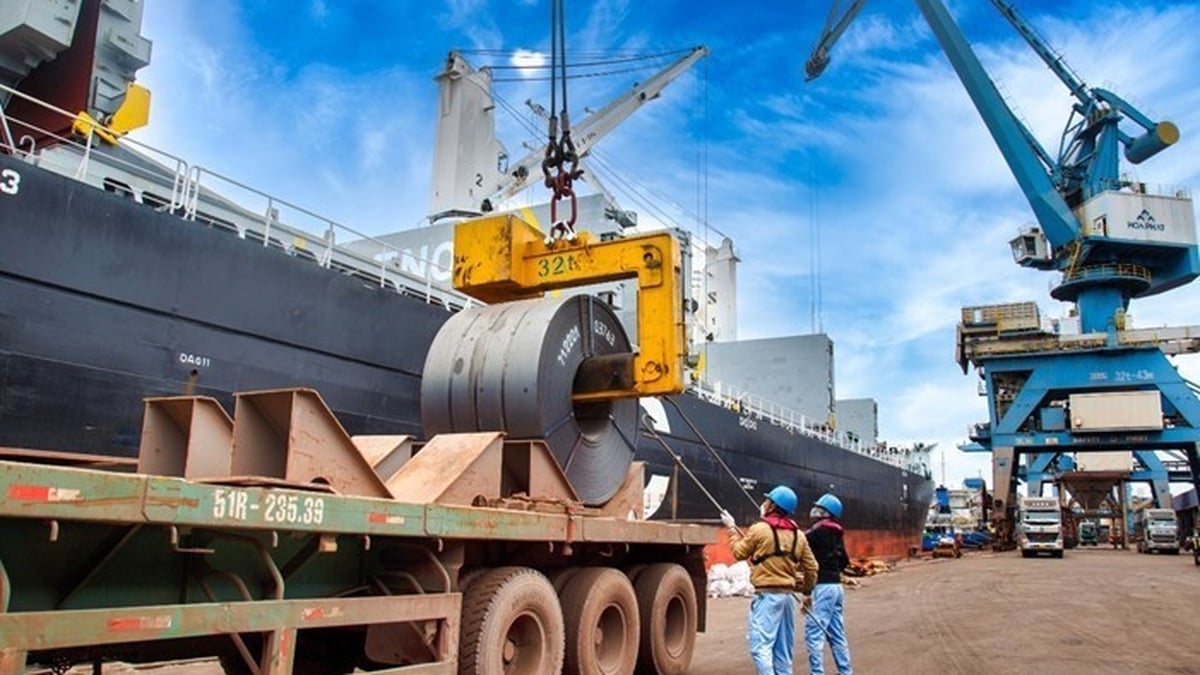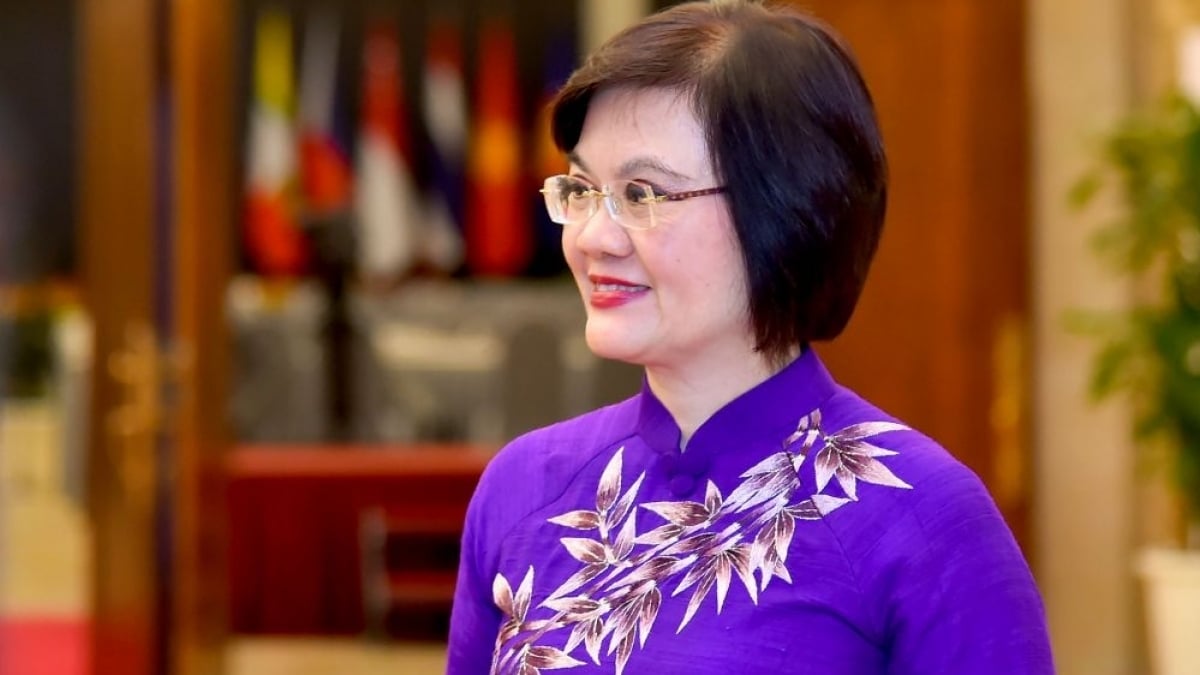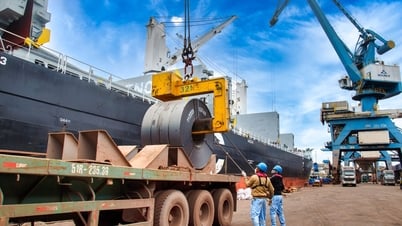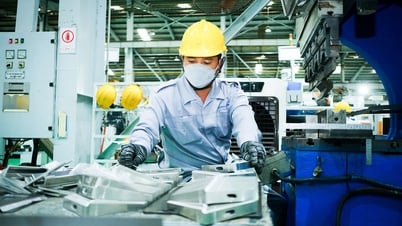South Korea's Transport Ministry said on January 1 that it will send the flight data recorder of the plane that crashed, killing 179 people on December 29, to the United States for analysis.
 |
| South Korea plane crash: US investigation team joins in, one black box currently unrecoverable. (Source: Yonhap News) |
On the same day, an investigation team from the US government and aircraft manufacturer Boeing arrived at the scene of the tragic accident that occurred a few days ago at Muan International Airport (South Korea) to participate in the investigation of the incident.
According to information from the Ministry of Land, Infrastructure and Transport of South Korea, a member from the US Federal Aviation Administration, three experts from the US National Transportation Safety Board (NTSB) and four representatives from Boeing joined officials from the Korean Aviation and Railway Accident Investigation Board (ARAIB) to investigate at the accident scene.
South Korean officials also announced that investigators have obtained initial data from the cockpit voice recorder of Jeju Air flight 2216.
“The initial extraction of data from the cockpit voice recorder has been completed. We plan to convert the data into audio format for analysis,” said Joo Jong-wan, vice minister of civil aviation.
The second black box, the flight data recorder, was severely damaged in the crash and will be sent to the United States for analysis, as South Korean investigators were unable to recover data from it.
On January 1, South Korean authorities said they had identified the last victims, completing information on 179 victims.
On December 30, the South Korean government announced a plan to conduct safety inspections on all Boeing 737-800 aircraft operated by domestic airlines following a tragic plane crash. In the December 29 Jeju Air plane crash, all three landing gears failed to function properly. The plane involved was a Boeing B737-800.
The Boeing 737-800 is widely used by South Korean low-cost carriers. Jeju Air operates the largest number of these aircraft with 39 in its fleet.
Earlier, on December 29, a Jeju Air plane carrying 181 people, including 6 crew members, exploded at Muan Airport after landing on its belly and crashing into a barrier at the end of the runway. The accident killed 179 passengers and crew, and 2 flight attendants were rescued.
Aviation experts have offered several theories as to the cause of the crash, including bird strikes, mechanical failure, pilot error and the presence of a concrete embankment less than 300 metres from the end of the runway. Some aviation experts have suggested that the embankment should have been placed further away from the runway or made of softer material to reduce the impact of an impact.
According to initial reports, the Boeing 737-800 belly-landed on the runway without deploying its landing gear after the pilot reported a bird strike. The plane then slid into a concrete embankment and burst into flames.
The two surviving flight attendants were both sitting in the back of the plane, which is statistically considered the safest place on a commercial flight. According to a study published in Time magazine in 2015, the back seat of a plane is the safest place in the event of an accident. Accordingly, people sitting in the back seat of a plane have a 32% mortality rate, the middle seat has a 39% mortality rate, and the front seat has a 38% mortality rate.
The South Korean government has declared seven days of national mourning to remember the victims.
Source: https://baoquocte.vn/tham-hoa-may-bay-o-han-quoc-nhom-dieu-tra-tu-my-vao-cuoc-mot-hop-den-hien-khong-the-khoi-phuc-du-lieu-299388.html

































































































![[Infographic] In 2025, 47 products will achieve national OCOP](https://vphoto.vietnam.vn/thumb/402x226/vietnam/resource/IMAGE/2025/7/16/5d672398b0744db3ab920e05db8e5b7d)





Comment (0)